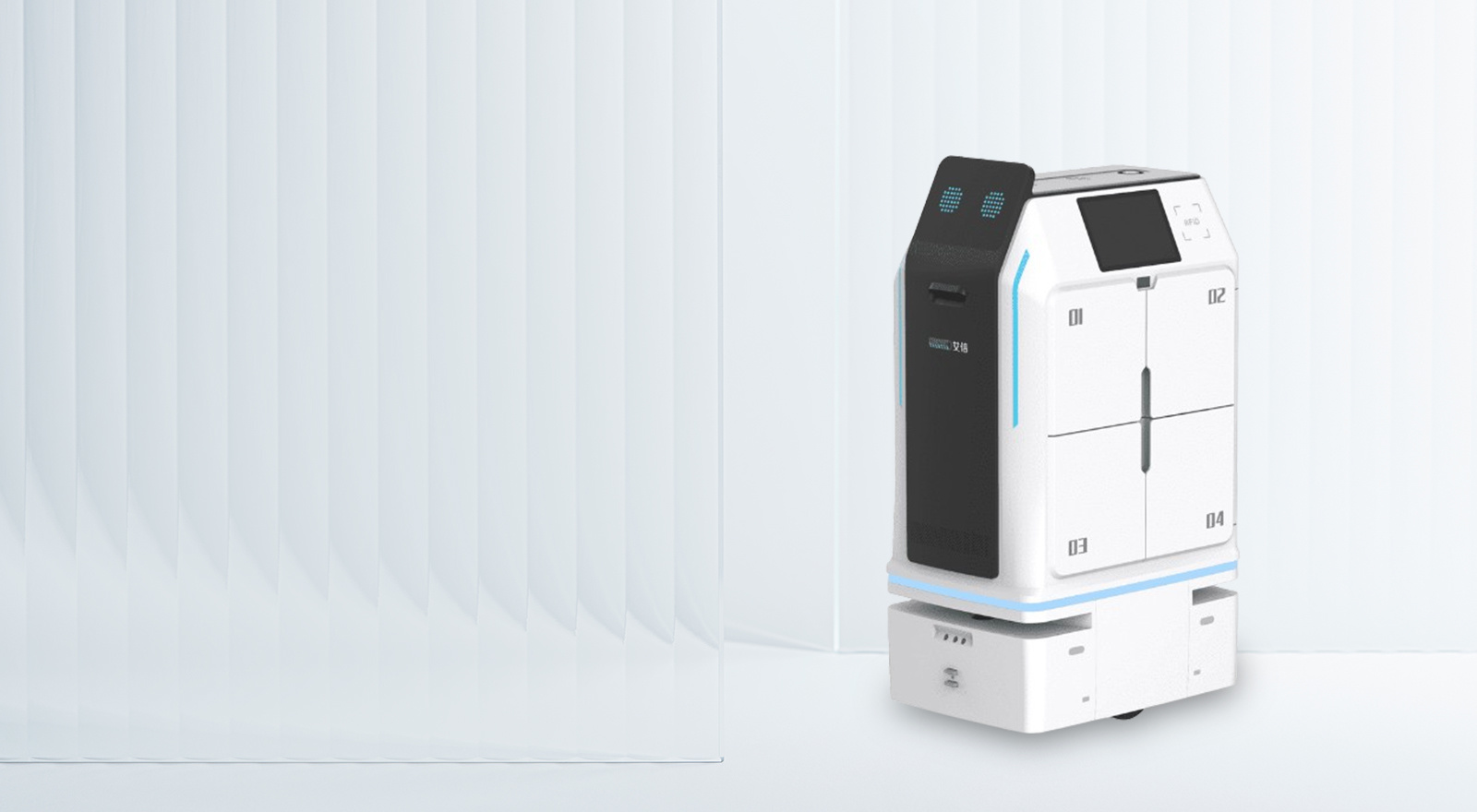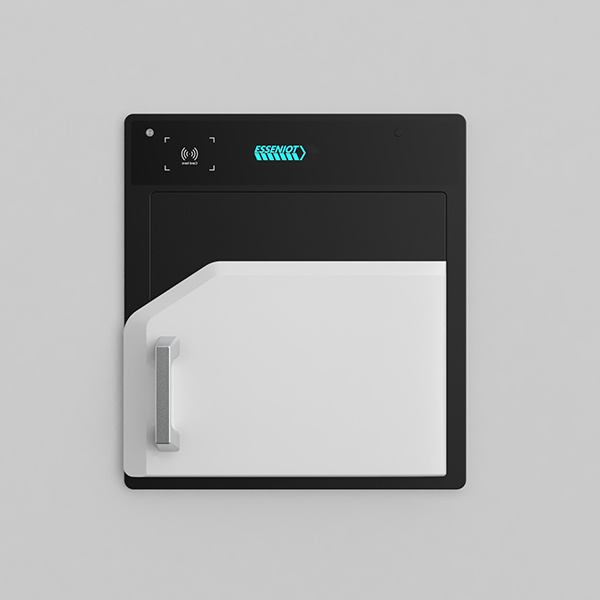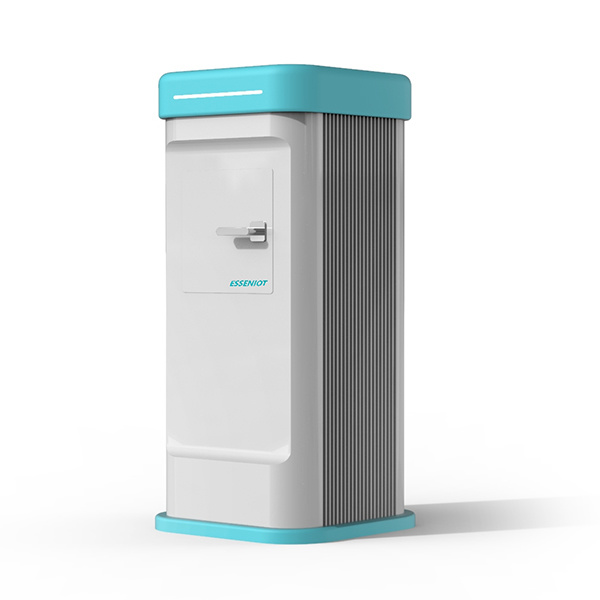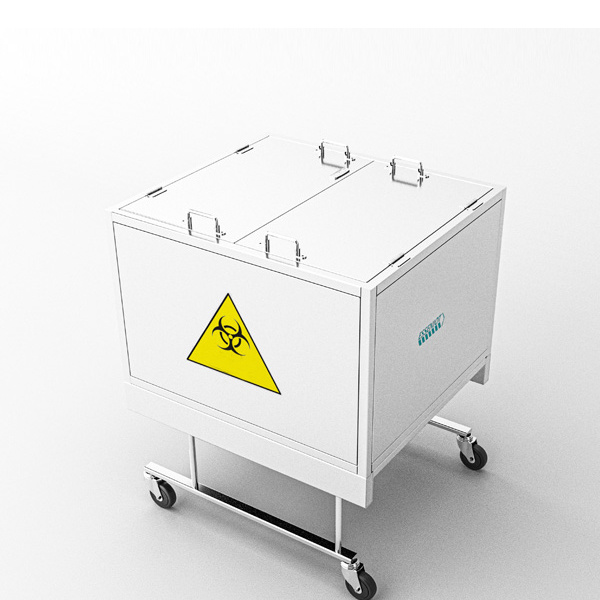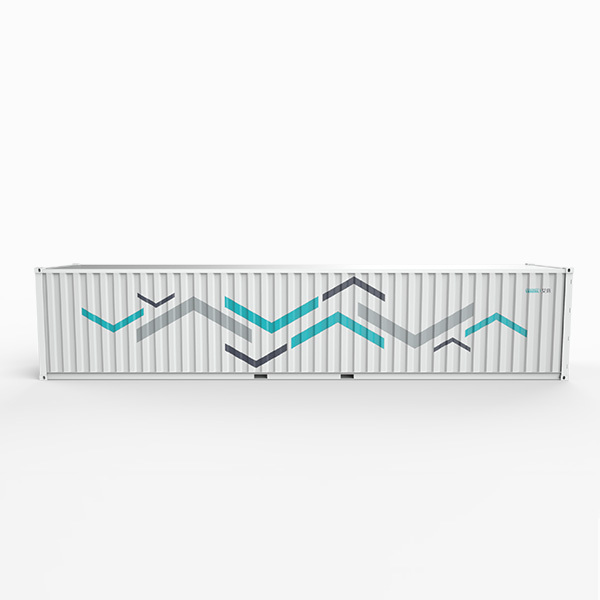Products
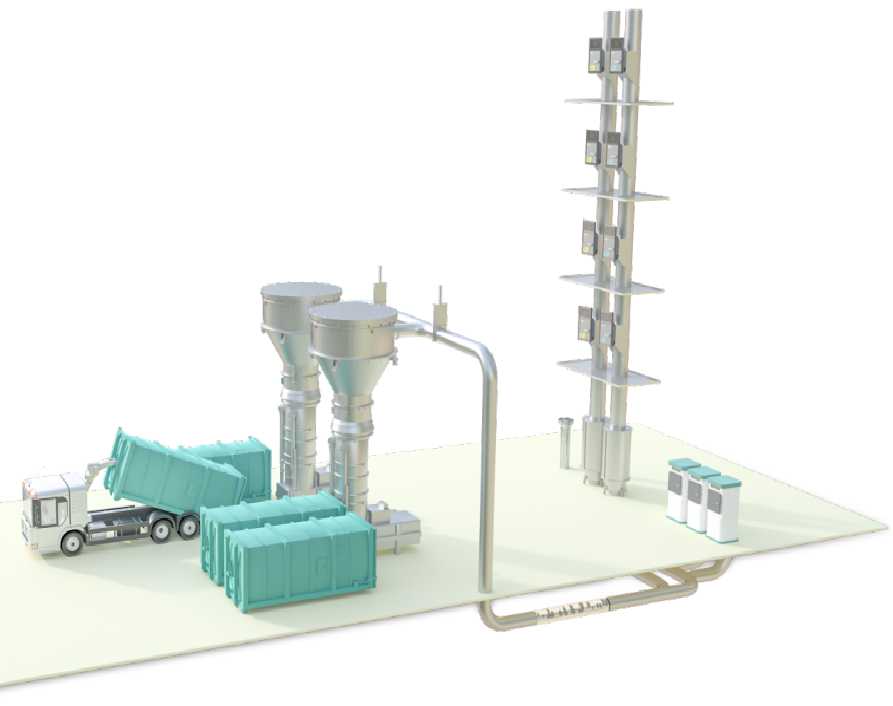 Esseniot Pneumatic Waste and Linen Collection and Conveyance System is an advanced, automated solution designed to streamline the collection and transportation of non-medical waste and soiled linen within hospitals. Utilizing a network of underground or overhead pneumatic pipelines, the system transports waste and linen from various collection points to a central disposal or processing facility. This fully enclosed, compacted, and containerized method ensures a hygienic, efficient, and environmentally friendly process.
Esseniot Pneumatic Waste and Linen Collection and Conveyance System is an advanced, automated solution designed to streamline the collection and transportation of non-medical waste and soiled linen within hospitals. Utilizing a network of underground or overhead pneumatic pipelines, the system transports waste and linen from various collection points to a central disposal or processing facility. This fully enclosed, compacted, and containerized method ensures a hygienic, efficient, and environmentally friendly process.
Hospitals using traditional waste and linen handling methods typically rely on temporary ground collection stations and laundry rooms. non-medical waste and soiled linen are manually collected, stored in garbage rooms on each floor, and transported to basement storage areas using manual labor, carts, and elevators. From there, they are moved to outdoor laundry and waste stations, resulting in a lengthy and inefficient transportation process.
During peak hours in hospitals, waste bins, medical carts, and laundry containers often move through corridors in inpatient and outpatient areas. This increases the risk of cross-contamination, posing health hazards to medical staff, patients, and visitors, while also causing psychological discomfort.
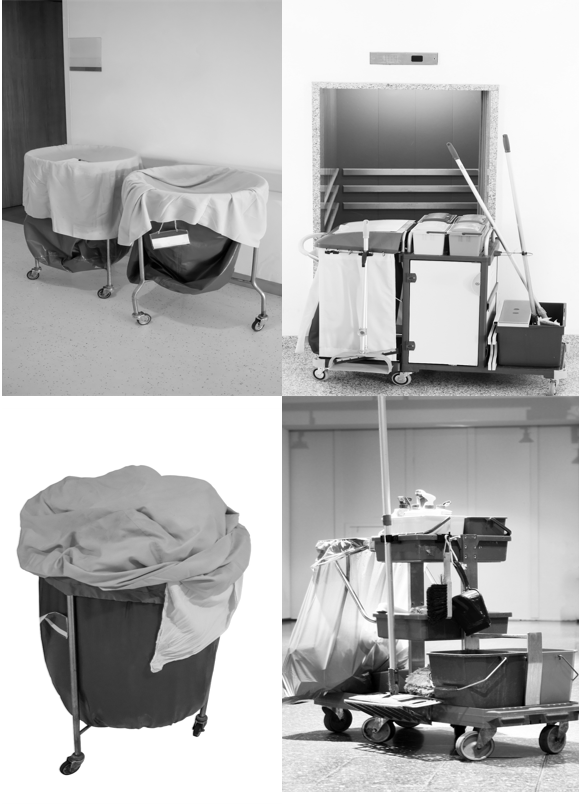 Key challenges of manual waste & linen transportation
Key challenges of manual waste & linen transportation
BUT,Esseniot Pneumatic Waste & Linen Collection and Conveyance System uses air pressure to move waste and soiled linen through sealed pipelines. Non-medical waste and soiled linen are deposited into designated inlets across the hospital and automatically transported to a central collection point, where they are compacted, containerized, and prepared for disposal or laundering. The fully enclosed process minimizes human contact with contaminants, improving hygiene and reducing infection risks.
Advantages of Esseniot Pneumatic Waste & Linen Collection and Conveyance System
Quilts are dropped through a special drop port and stored in the storage section, which is pumped to the discharge valve when a certain amount is reached, after which it is discharged to the quilt collection vehicle via vacuum piping. Each quilt is equipped with aRFID chip, and is handed over by automatic counting device for fully automatic counting, and is digitally managed by the quilt manage ment platform throughout the process.
The garbage is sorted and put into the corresponding drop-off point and stored in the storage section. When the garbage storage volume reaches a certain level, it is sorted and pumped to the corresponding collection bins through vacuum pipes and transported away by sanitation trucks at the designated time for cleaning.
Connect government environmental supervision departments, medical institutions, and medical waste disposal institutions through an information platform. Through information sharing, achieve full closed-loop management of medical waste collection and treatment. The hospital uses a robot medical waste classification and collection system to collect and process hospital medical waste, which includes five processes: empty box calling, medical waste information input, return transportation, medical waste storage, and medical waste discharge.
The main sources of hospital sewage come from canteens, wards, laboratories, disinfection centers, laundry rooms, outpatient clinics, etc., and it is infectious; Toxicity and harmfulness; Radioactivity; Complexity.
